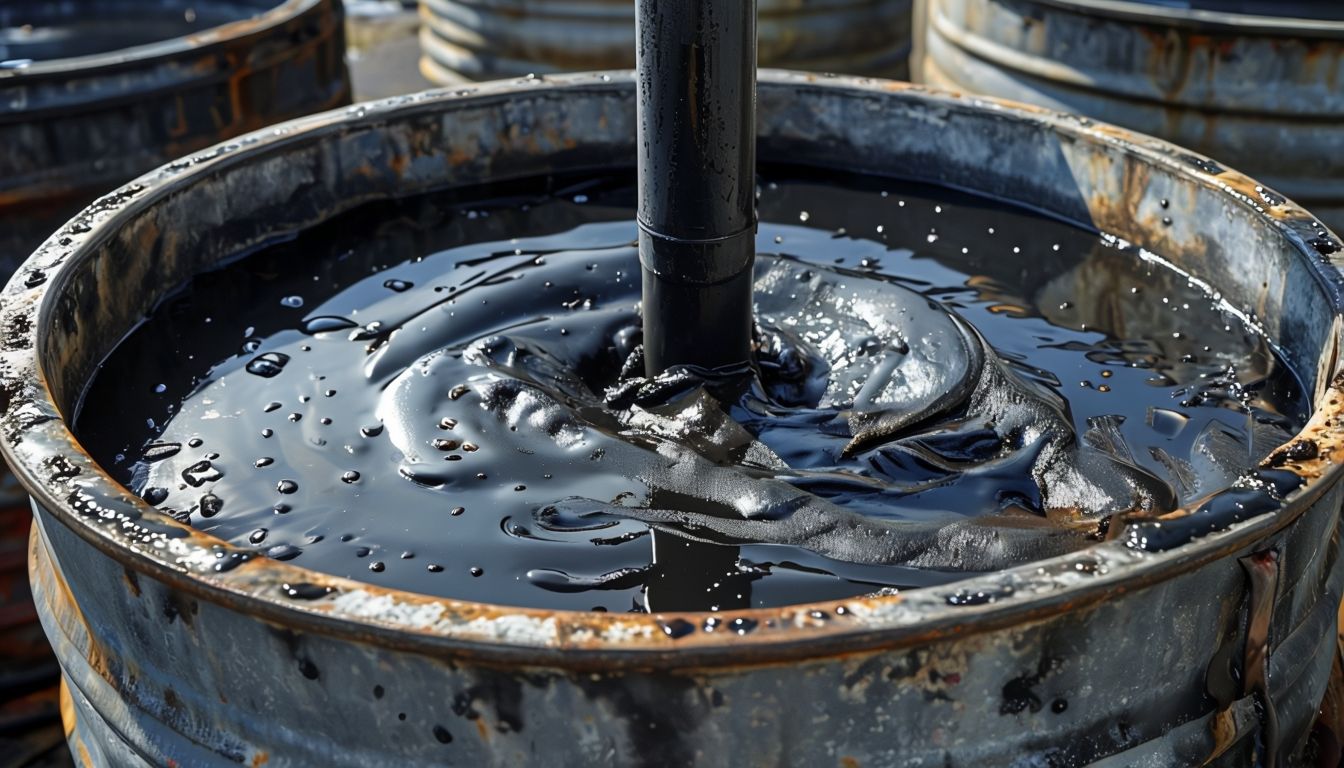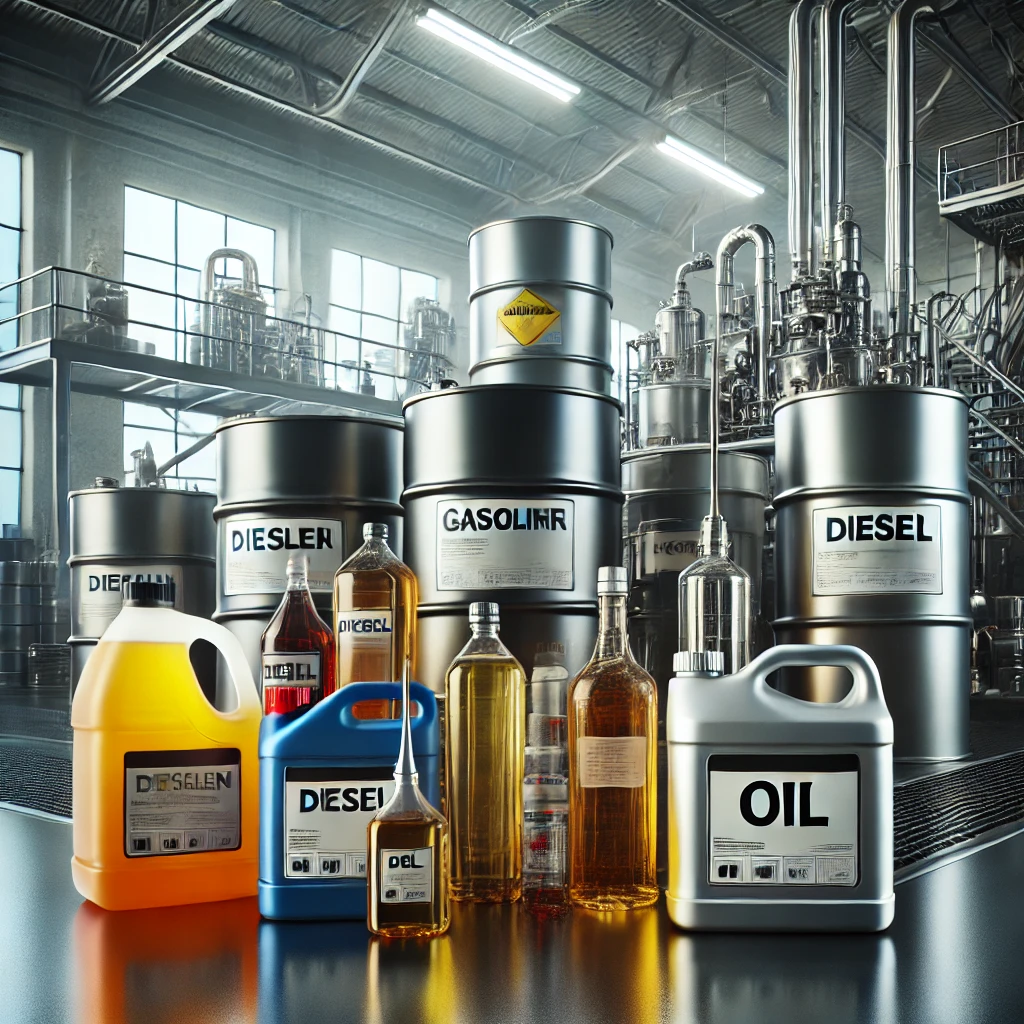Fertilizer
Fertilizers are one of the most critical factors in increasing productivity and crop growth worldwide. Among the various types of chemical fertilizers, urea fertilizer stands out as one of the most important and widely used. Due to its high nitrogen content and numerous benefits, urea holds a special place in modern agriculture and plays a significant role in ensuring global food security.

Urea fertilizer, a chemical compound consisting of carbon, nitrogen, oxygen, and hydrogen, is represented by the chemical formula CO(NH₂)₂. It is produced through the reaction of ammonia and carbon dioxide under high pressure and temperature. Urea contains approximately 46% pure nitrogen, making it the fertilizer with the highest nitrogen content among chemical fertilizers.
Characteristics of Urea Fertilizer
- High Nitrogen Content: Urea is one of the richest sources of nitrogen, which is essential for plant growth and development.
- Water-Soluble: It dissolves easily in water and is quickly absorbed by the soil.
- Suitable for All Soil Types: Urea can be used in all types of soil and helps improve soil fertility.
- Ease of Transport and Storage: Urea, being lightweight and granular, is easy to transport and store.
The Role of Nitrogen in Agriculture
Nitrogen is a vital element for plant growth. Its roles include:
- Enhancing Leaf and Stem Growth: Nitrogen supports photosynthesis and protein production in plants.
- Increasing Crop Yields: Crops grow faster and produce higher yields when they receive adequate nitrogen.
- Improving Crop Quality: Nitrogen contributes to better quality in agricultural products, such as fruits, vegetables, and grains.
Benefits of Using Urea Fertilizer
- Increased Crop Yields: Urea supplies sufficient nitrogen, boosting plant productivity.
- Cost-Effectiveness: Urea is more economical compared to many other fertilizers.
- Wide Applicability: It is suitable for various types of cultivation, including field crops, orchards, and greenhouses.
- Reducing Soil Erosion: Urea improves soil structure and helps reduce erosion.
Challenges and Considerations in Using Urea Fertilizer
- Nitrogen Volatilization: If not properly applied to the soil, part of the nitrogen in urea may volatilize as ammonia gas and be lost.
- Environmental Pollution: Excessive use of urea can lead to groundwater contamination and environmental issues.
- Need for Proper Management: Urea application must be carefully managed to prevent plant damage and minimize environmental impact.
Other Types of Chemical Fertilizers
In addition to urea, other types of chemical fertilizers are widely used in agriculture:
- Nitrogen-Based Fertilizers:
These include ammonium nitrate, ammonium sulfate, and calcium nitrate, which help supply nitrogen to plants. - Phosphorus-Based Fertilizers:
Fertilizers such as single superphosphate (SSP) and diammonium phosphate (DAP) are rich sources of phosphorus, supporting root growth and flowering. - Potassium-Based Fertilizers:
Potassium fertilizers like potassium sulfate and potassium chloride provide potassium to plants, increasing resistance to diseases and environmental stress. - Compound Fertilizers:
These fertilizers contain a combination of nitrogen, phosphorus, and potassium (NPK) and are specially designed for various crops.
Important Points for Fertilizer Usage
- Soil Testing: Conducting soil analysis is essential to determine its exact needs before applying fertilizers.
- Timely Application: The timing and method of fertilizer application significantly impact its effectiveness.
- Environmental Management: Optimal and controlled use of fertilizers is necessary to reduce environmental risks.




